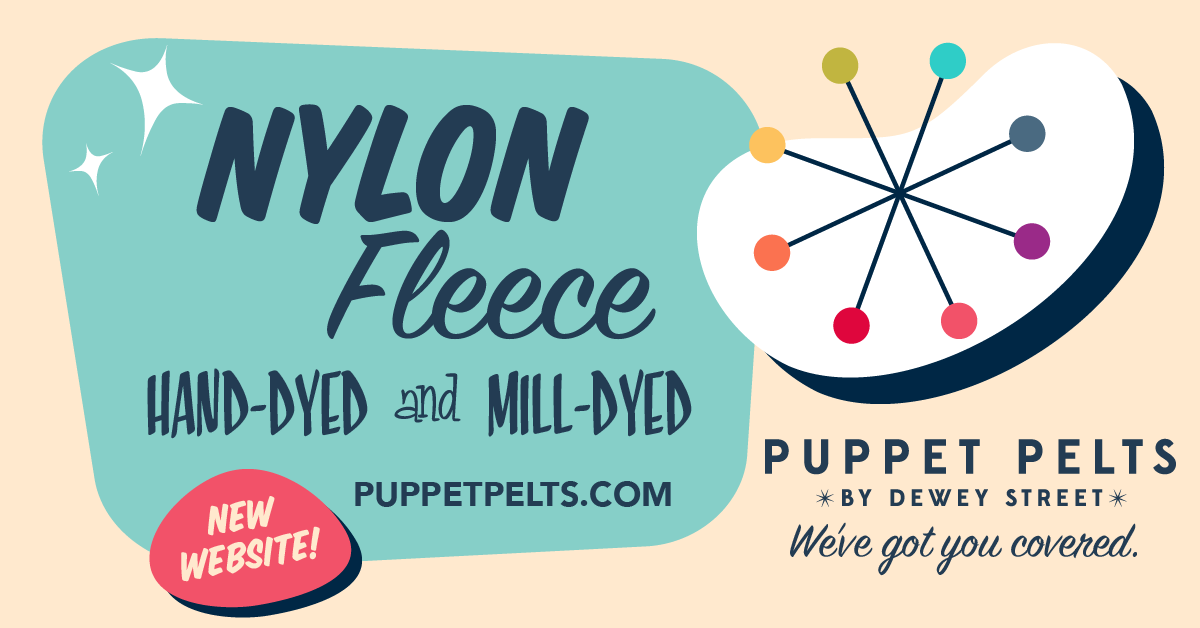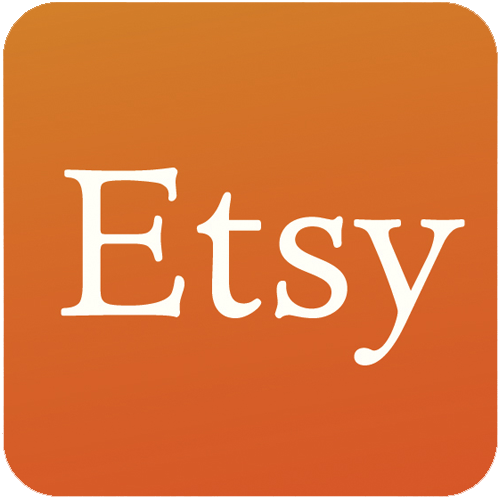Growing To $9,000/month Selling Hard-To-Find Puppet Fabric
Hi! Tell me about you and your business.
My name is Laurie Nickerson and I and the co-owner of Puppet Pelts. At Puppet Pelts, we manufacture and sell hand dyed fabric used for puppet skins to professional puppet builders around the world.
Our Pelts are made from a textile that is really only used for puppets. It is a wonderfully stretchy nylon fleece fabric that is milled in the United States. We buy the fabric in white and dye it a bunch of colors to sell to our customers.

What's your backstory and how did you come up with the idea?
I was building puppets for fun. I discovered that the fabric you could buy online was only available in white, forcing any puppet builder to have to dye it on their own to change the color. Dyeing the fabric is really difficult in small spaces like apartments where I was living at the time. So, once I got a studio space, I offered dyeing services catered to puppet builders.

Download the report and join our email newsletter packed with business ideas and money-making opportunities, backed by real-life case studies.

Download the report and join our email newsletter packed with business ideas and money-making opportunities, backed by real-life case studies.

Download the report and join our email newsletter packed with business ideas and money-making opportunities, backed by real-life case studies.

Download the report and join our email newsletter packed with business ideas and money-making opportunities, backed by real-life case studies.

Download the report and join our email newsletter packed with business ideas and money-making opportunities, backed by real-life case studies.

Download the report and join our email newsletter packed with business ideas and money-making opportunities, backed by real-life case studies.

Download the report and join our email newsletter packed with business ideas and money-making opportunities, backed by real-life case studies.

Download the report and join our email newsletter packed with business ideas and money-making opportunities, backed by real-life case studies.
















